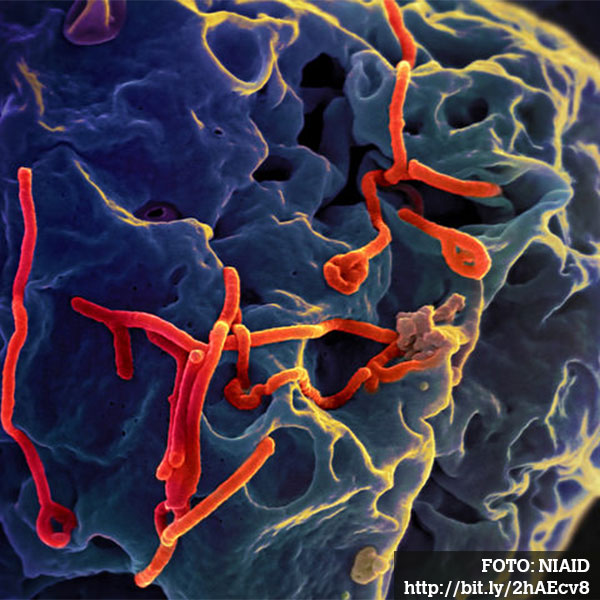Mathematics + Medicine

A more realistic estimate of how, when and where diseases spread
The latest scientific publication by Carlos Castillo-Chávez, current rector of Yachay Tech, along with two of his postdoctoral colleagues and former students: Benjamin Morin, Vassar, and Derdei Bichara, from Cal State Fullerton State University, has been published in journal Scientific Proceedings of the National Academy of Sciences of the United States of America. The research proposes to improve the traditional models of mathematical epidemiology, to have a more real estimate of how, when and where these diseases can be spread more easily.
—-
Mathematical epidemiology has found the ability to create models that help us to predict the growth of a contagious disease, with the aim of improving the mechanisms of control over contagion. Even so, it is always necessary to improve the models with which we draw the possible growth of these threats.
The problem with the current model is that it does not encompass important socioeconomic factors when it comes to understanding the spaces of social development and the time in which a potential patient occupies these spaces, in addition to their models of social relation. This results in data that hinder the optimization of resources and the understanding of true per capita growth of contagious diseases. Therefore, Castillo-Chavez and his colleagues propose two models in development that allow a broader perspective when making these calculations.
The first is the Lagrangian approach, which proposes a reconsideration of the possible spaces of contagion of the disease. This model opens the possibilities of space of contagion and also proposes an association of each space with the risk of contagion, according to the time of stay of the potential patient in each space. Castillo-Chávez mentions that the Lagrangian perspective helped to improve the way we understood the consequences of biological agents deliberately released in 2003, and more recent studies of Ebola in West Africa or Zika in America.
The second model proposed by the study is the Economic Epidemiological Modeling (EEM). This model includes the possible social factors that lead people to approach potential areas of contagion. Considering the flow of information and the economic cost-benefit of going to these spaces, allows a broader perspective of the probability that the contagion occurs.
In addition to overlapping both models, the perspective and possibility of variables grows much more. It is important to consider that the application of these complex theories and mathematical models can become a difficult task. Carlos Castillo-Chavez indicates that one of the great challenges we face is to understand the dynamics of social norms, how they emerge, how they spread, how they are maintained and how they change.
Both models in development consider a large number of social and economic factors, which although they allow the growth of the perspective, also complicate it. Castillo-Chavez said that these efforts emerged from support from the NSF (National Science Foundation) as a result of the effort of inter-agency partners regularly in NIMBios, Tennessee. To access the full paper, you can click HERE.